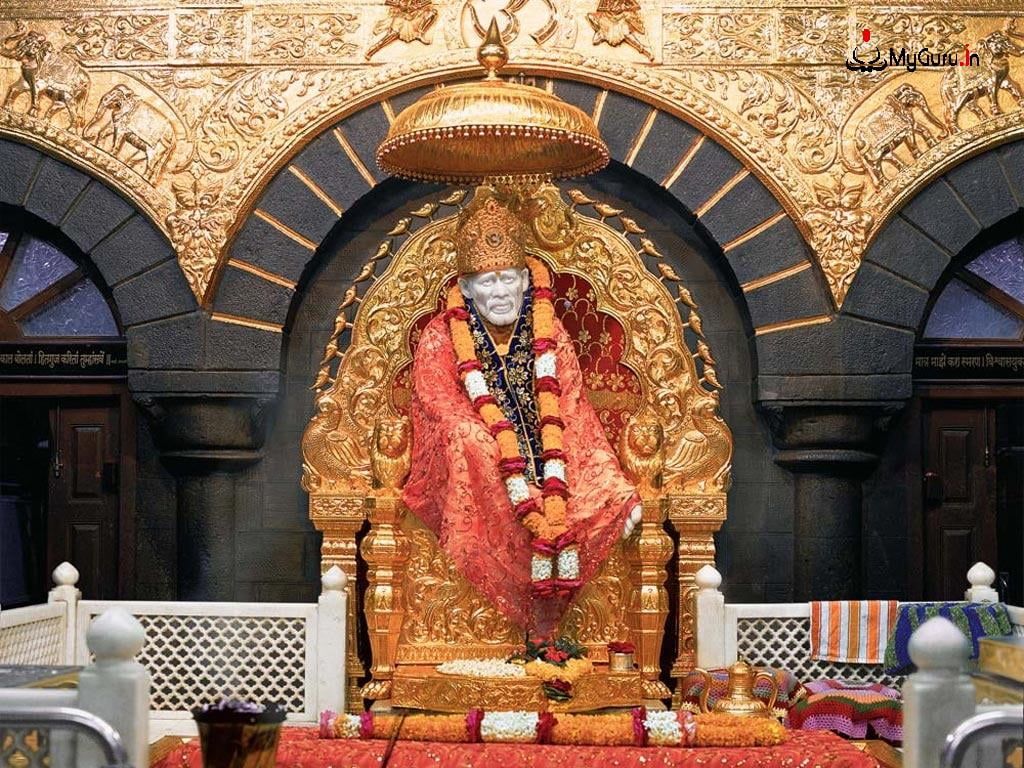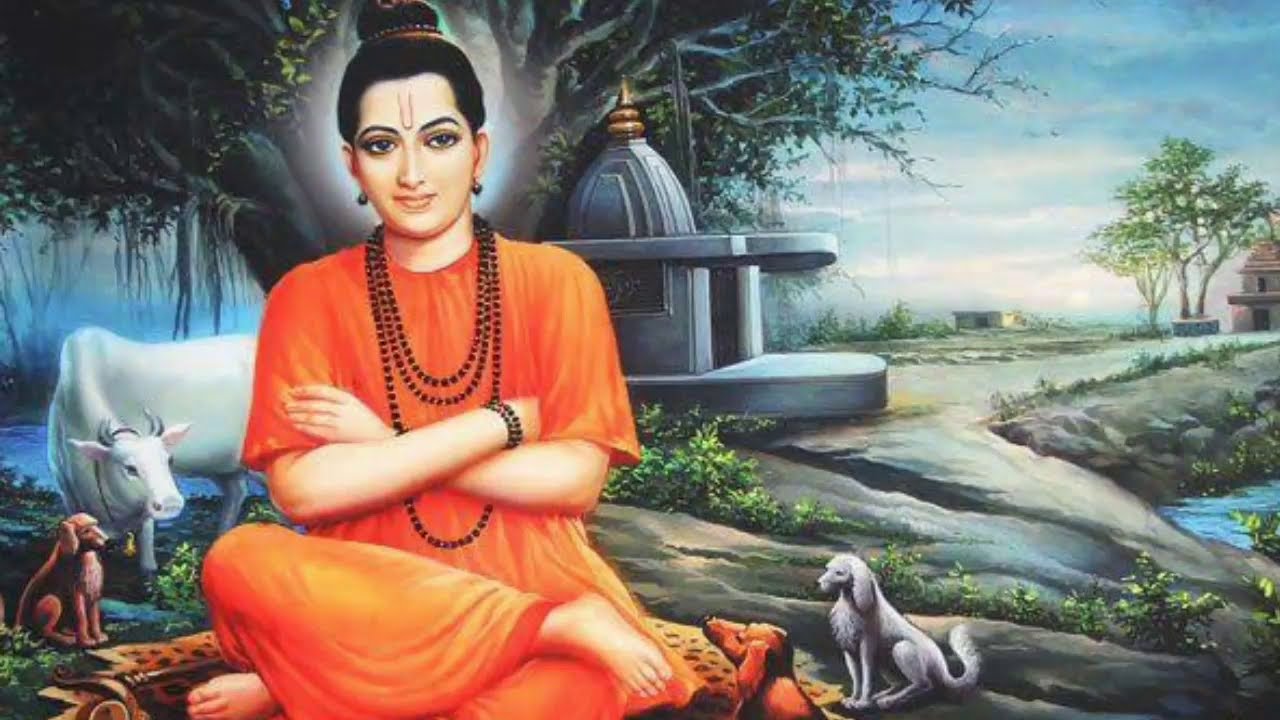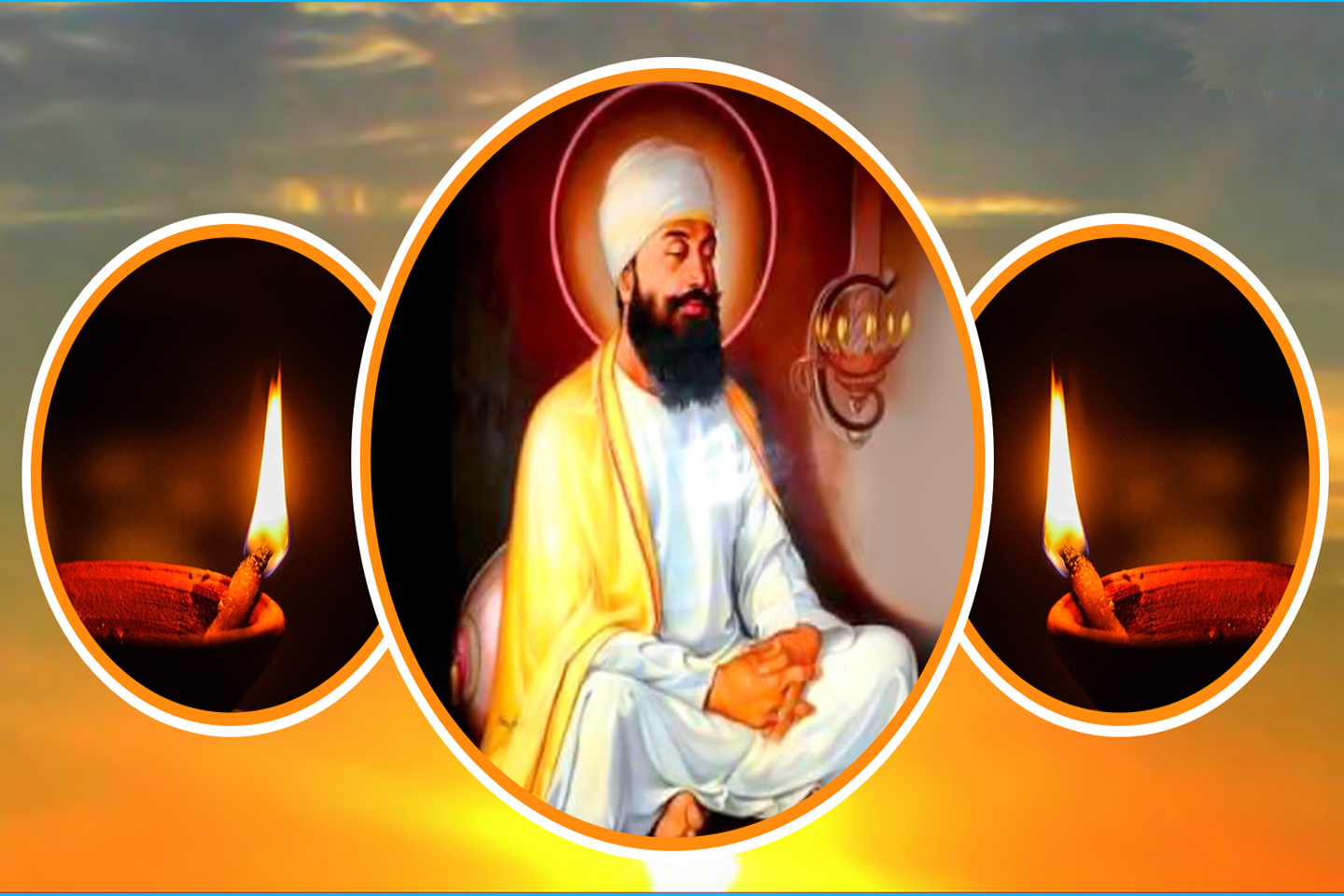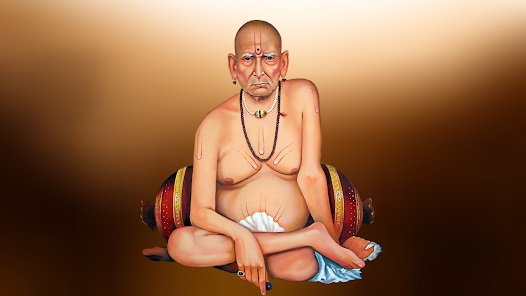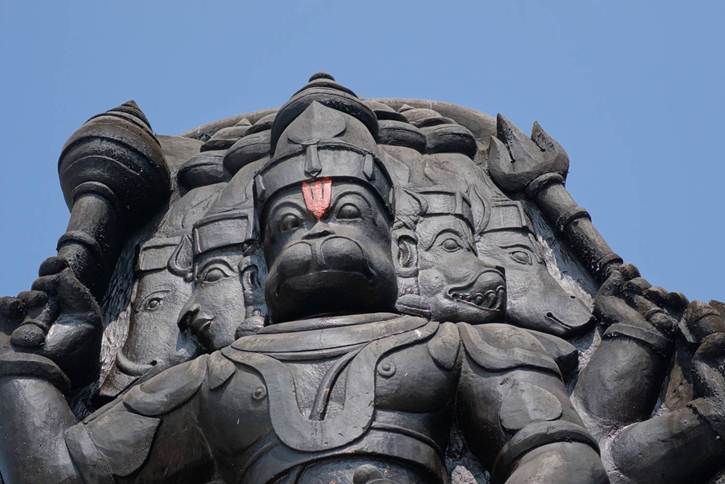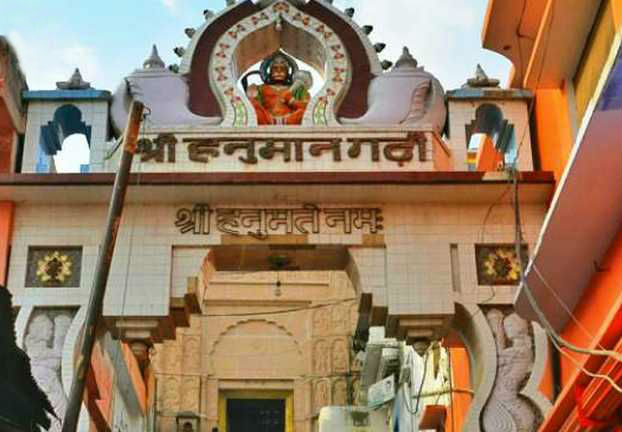Sri Sai Baba of Shirdi, revered as one of India’s most beloved spiritual figures, remains a source of immense inspiration for millions worldwide. With his extraordinary life, profound teachings, and unassuming yet divine presence, Sai Baba transcended religious boundaries and became a symbol of universal compassion and spiritual awakening. Born into anonymity and embracing a life of simplicity, Baba’s legacy has only grown since his passing in 1918, with his influence continuing to permeate the hearts and minds of devotees from all walks of life.
The Mysterious Arrival in Shirdi
Sai Baba’s arrival in the village of Shirdi around 1854 remains shrouded in mystery, with no concrete records of his birth or early life. Legend has it that he appeared suddenly, sitting under a neem tree (margosa tree), deep in meditation, where he remained a nameless figure. His presence in Shirdi was initially unnoticed, but he soon caught the attention of a local devotee, Mhalsapati, who greeted him with the words, “Ya Sai” (“Welcome, Sai”), a name that would forever be associated with the saint.
In those early years, Sai Baba wandered the outskirts of Shirdi, engaging in deep meditation and self-reflection, away from the worldly distractions. His first interactions with villagers were humble, and he gained recognition through his acts of kindness, simplicity, and deep spirituality.
The Dwarkamai: A Home for All
In a significant turn of events, Sai Baba settled in an abandoned mosque on the outskirts of Shirdi, which he named Dwarkamai (meaning ‘Mother Dwarka’). This mosque would become his residence for the remainder of his life and the spiritual centre of Shirdi. Under the shade of the neem tree and within the walls of the Dwarkamai, Sai Baba’s divine presence grew stronger, attracting a growing number of devotees, both Hindu and Muslim, who flocked to him for blessings, solace, and guidance.
Despite the simplicity of his abode, Sai Baba’s heart and teachings were boundless. He encouraged his followers to embrace religious tolerance, saying that all paths lead to the same divine truth. The Dwarkamai mosque became a melting pot for spiritual seekers, regardless of their caste, creed, or religious background, making Sai Baba one of the first true proponents of interfaith harmony.
Sai Baba’s Teachings: Simplicity, Compassion, and Selflessness
Though Sai Baba did not leave behind a written record of his teachings, his life itself was a message to the world. Selflessness was at the core of his philosophy. He lived the life of a fakir (holy beggar), depending entirely on alms, which he used to feed the poor, the sick, and the destitute. He was a symbol of renunciation, constantly reminding his followers that material wealth was inconsequential in the pursuit of spiritual growth.
He often preached the importance of faith (Shraddha) and patience (Saburi), advising his devotees to trust in the divine process of life, no matter how difficult the journey may seem. Sai Baba’s Udi (sacred ash from the perpetual fire he maintained) became a symbol of his healing powers, and many devotees believe it to have miraculous properties, offering it to those in need of spiritual or physical healing.
Miracles and Mysticism: Sai Baba’s Divine Powers
Sai Baba’s miracles are legendary, and his powers are believed to have transcended both time and space. He healed the sick, comforted the distressed, and even foretold future events. Parables and stories of Sai Baba’s miracles have been passed down for generations, some of the most famous being his ability to cure illnesses, banish evil spirits, and provide guidance through visions and dreams.
One such story is that of Radhakrishna Mai, a devotee whose son was on the brink of death. Baba reportedly healed the child with a simple touch, leading to his miraculous recovery. Another well-known incident is the lighting of lamps in the Dwarkamai, where Baba would often light lamps that would stay burning for hours, despite the lack of oil. Such miracles reinforced his divine identity and drew even more followers.
However, Sai Baba’s true miracles lay in his ability to transform people’s hearts. His mere presence was enough to inspire a profound change in the lives of those who sought him out. He had a unique ability to know the inner thoughts and emotions of his devotees, offering them guidance and comfort in times of uncertainty.
The Perpetual Fire and Dakshina
One of the most enduring symbols of Sai Baba’s presence is the Dhuni (perpetual sacred fire), which he maintained in the Dwarkamai mosque. This fire was not just a physical flame, but also a spiritual one, symbolising the eternal divine presence. Baba would often distribute the ashes from the fire (Udi) to devotees, blessing them with peace and prosperity.
Sai Baba also collected Dakshina (donations) from his devotees, but it wasn’t for personal gain. He would redistribute the money to the poor and needy, reinforcing his teachings of detachment from material possessions. This act was not only a means of helping others but also a subtle method to test the sincerity of his followers.
The Unwavering Presence of Sai Baba
Despite his physical departure from this world on 15 October 1918, Sai Baba’s influence remains undiminished. Devotees believe that Sai Baba continues to guide and protect them through his spiritual presence, even after his death. The Samadhi Mandir in Shirdi, where his mortal remains were laid to rest, has become one of the most revered pilgrimage sites in India.
Sai Baba’s teachings, his simplicity, and his compassion continue to resonate with millions of devotees around the world. His words, though few, encapsulate the essence of life itself: “Why fear when I am here?” This profound statement continues to be a source of strength and reassurance for countless people.
Shirdi: A Spiritual Hub
Today, Shirdi has grown into a major spiritual and cultural centre, attracting millions of pilgrims every year. The Sai Baba temple in Shirdi is visited by devotees from all corners of the world, seeking his blessings, spiritual solace, and the opportunity to experience the divinity that still pervades the town.
The Shirdi Sai Baba Sansthan Trust manages the temple and other services related to the Sai Baba shrine, and the town has been transformed into a global pilgrimage hub. The town also hosts festivals like Guru Purnima and Shirdi Sai Baba’s Mahasamadhi Day, which see large crowds celebrating the saint’s life and teachings.
Sai Baba’s Everlasting Legacy
Sai Baba of Shirdi remains one of the most revered spiritual figures in India and beyond. His life of simplicity, his compassion for all living beings, and his teachings of faith, patience, and love continue to inspire countless people. Through his divine grace, he bridged the gap between different religions and taught the world that the path to God lies in pure love, devotion, and service to others.
His eternal words, “Allah Malik” (God is the Master), continue to echo in the hearts of his devotees, reminding them that the divine is within us all, and that faith in God and service to humanity are the keys to a peaceful and fulfilled life.

